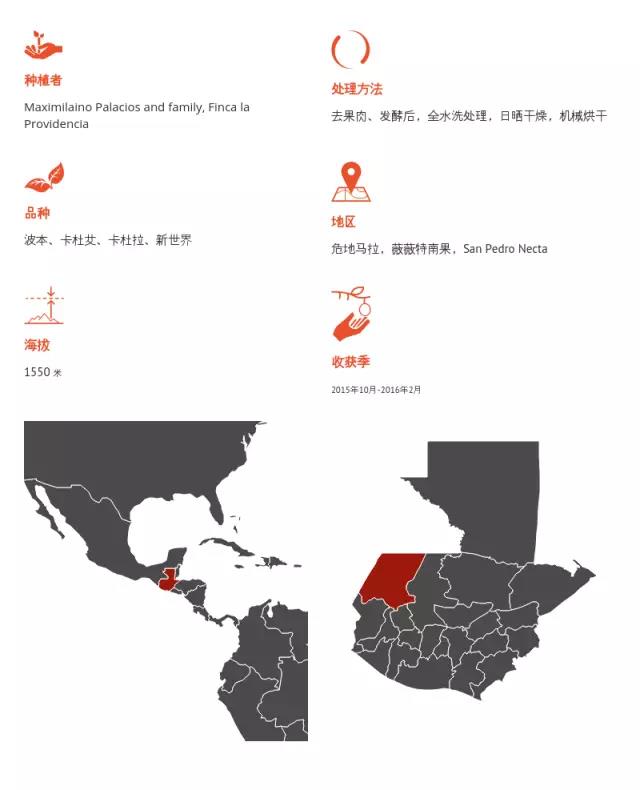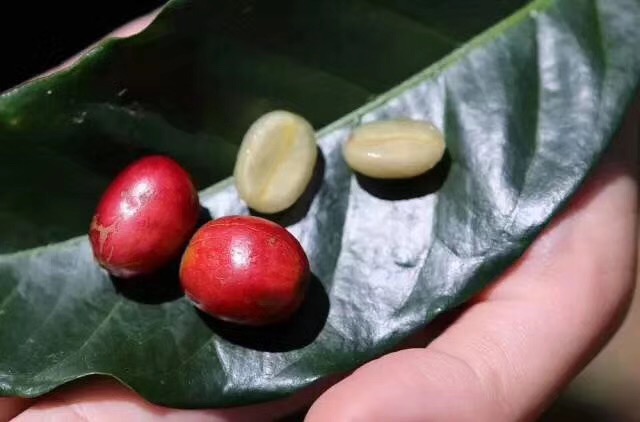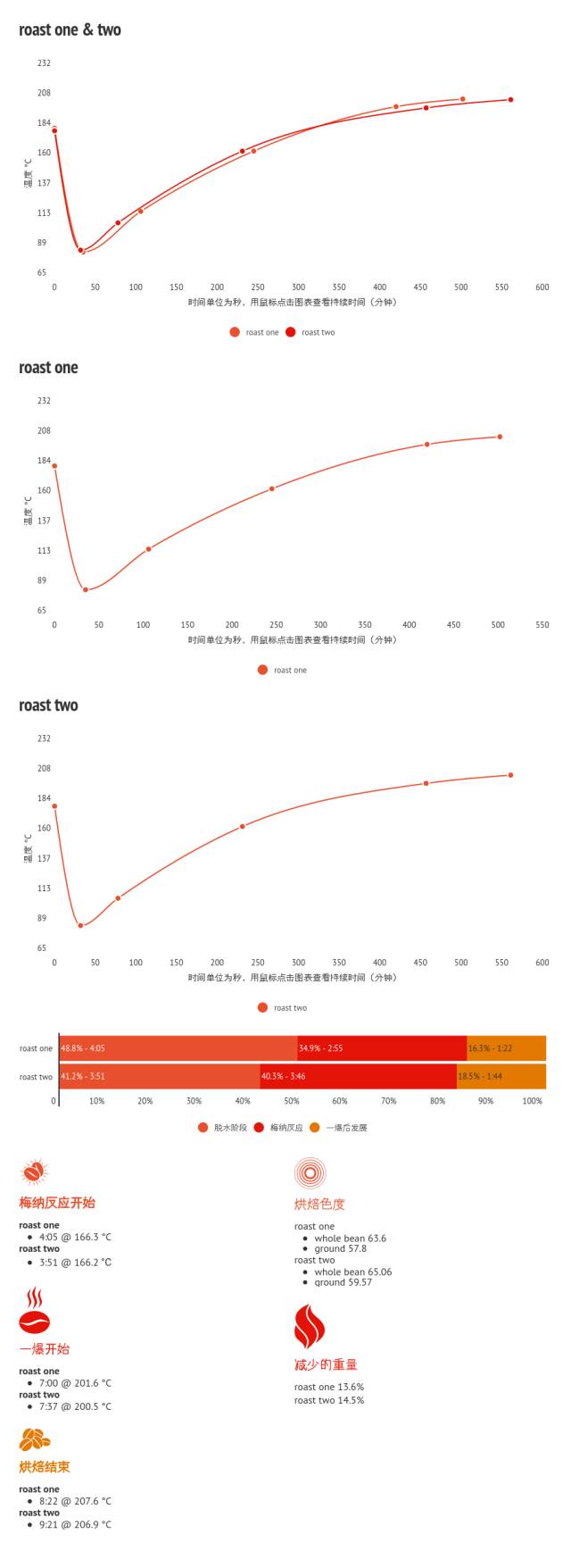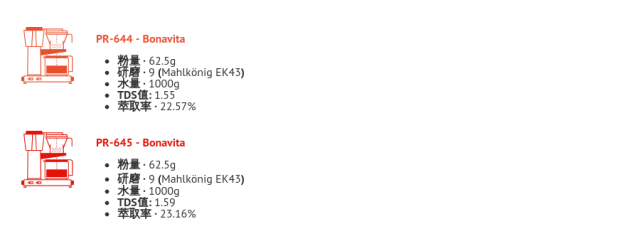Award-winning situation and baking knowledge and skills of Malavit South Fruit in Guatemala
Country: Guatemala
Producing area: Vivette Nanguo
Manor: la Vega Manor Plan de la Vega
Award: No. 14 in 2016 COE
Batch: award-winning batch
Winning score: 87
Grind dried incense: red apple, vanilla
Flavor: red apple, blueberry, fresh fruit juice, blackcurrant taste rich and lasting in Guatemala, Latin America. The coffee beans produced are mainly famous for the high-altitude coffee beans of HueHuetenango, which are of good quality, full-bodied and full-bodied, and are favored by the European royal family. She has balanced richness, acidity and smoky taste, and the taste is rich and varied.
Slightly south fruit, mainly fruity and high-quality sour taste, others have aromas such as nuts, black sugar, smoke, etc., such as orange-like acidity, with a sweet taste of black sugar in the back
| 01 | introduction |
By Chris Kornman
San Pedro Necta is a city in the Vivette Nanguo region of Guatemala, sometimes referred to as Vivette Nanguo, abbreviated as HHT, which can be said to be one of the most famous coffee producing areas in Guatemala. The altitude of this area is high, because the temperature is lower, the harvest season is relatively late, but the coffee quality is better. The region borders the Chiapas region of Mexico and is more remote and inconvenient than other coffee-producing areas in Guatemala, such as Acatenango and Antigua.

The coffee comes from La Providencia Farm and is owned and managed by Maximiliano Palacios, the third-generation owner of the farm. At the heart of the La Providencia farm is a processing plant set on a high slope where the coffee fruit is placed in the water and transported down by gravity for peeling and further processing. When I got the beans, they were marked with Palhu, the initials of the farmer's last name and Vivette Nango, Pal+Hu.
Maxamiliano is a passionate man who is interested not only in his own coffee, but also in all the coffee beans in the region. He calls coffee "the blood of Vivetta Nango". We also felt his enthusiasm. The balanced acidity and supple sweetness of this coffee brighten our eyes.

02 | Analysis of raw beans
By Chris Kornman
This is a typical blend of American coffee beans, including bourbon, Kaddura, Kaduai, and New World. Bourbon is the source of many coffee varieties and was first discovered on Reunion Island. When it was brought to America, its characteristics also changed. The hybrid variety Kaddura, which was first successfully planted in Brazil, has a shorter tree body and strong resistance to wind and rain. Another variety is New World (Mundo Novo), which is a hybrid of bourbon and iron pickup. Finally, there is Kaduai, a hybrid of the New World variety and Kaddura. The tree is short and chubby, and the yield is extremely high after proper fertilization.
Although leaf rust has ravaged the entire Central American coffee producing area, none of these varieties contain any genes from the Robusta variety, which is now more common than the Timor variety. But that's why the coffee tastes better here, and we've seen the region recover from what it used to be.
The baristas of this batch are handled in accordance with European standards. Palhu has a high density of beans through a precise drying process. I believe that proper preservation can make this bean show a better flavor after baking.

03 | Baking analysis
By Jen Apodaca
It's fun to bake these beans from Guatemala. A total of two batches were baked, both of which were very delicious, demonstrating the quality of this coffee. By adjusting the firepower, the overall baking time of the first batch is one minute shorter than that of the second, while the dehydration time is slightly longer than that of the second. In this way, the time of Mena reaction and explosion is relatively short, making the fruit acid prominent. In the second batch of baking, I increased the baking time as a whole, but shortened the dehydration time and increased the firepower 32 seconds earlier, resulting in a longer Mena reaction and bursting time.
First batch of Roast one: apple apple, peach pear, papaya papaya, pear peach, caramel caramel
The second batch of Roast two: maple syrup maple syrup, floral flower scent, honeydew honey, vanilla vanilla


04 | Cooking analysis
By Chris Kornman
We use Bonavita Brewers to brew this Guatemalan. Brewing and cup testing are carried out at the same time. The people who took part in the test basically agreed and preferred the first batch of baked goods, that is, batch PR-644. The first batch of baking scored slightly higher, with sweet tangerine and light floral aromas, while the second batch highlighted the sweetness and mellow thickness of fudge.

Important Notice :
前街咖啡 FrontStreet Coffee has moved to new addredd:
FrontStreet Coffee Address: 315,Donghua East Road,GuangZhou
Tel:020 38364473
- Prev

Gayo Mountain Abyssinia Tim Tim Coffee Roasting
Aceh coffee is mainly produced in the Gayo Mountain area around Lake Tawar, where farmers are mostly indigenous Gayo people; while Subei coffee is produced in the west of Lake Toba, the world's largest super crater lake.
- Next

The reason for the special charm of Guardia Antigua coffee the principle of the formation of microclimate in Antigua
Antigua Coffee civilization is well known for predicting the end of the world in 2012, and Guatemala was one of the Mayan settlements as early as 2500 BC, so Guatemala was also one of the centers of ancient Indian Mayan culture. Of course, neither the Mayan civilization nor the Mayan people are the theme of this article. What I want to know with you this time is that after giving birth to the Mayan language,
Related
- Detailed explanation of Jadeite planting Land in Panamanian Jadeite Manor introduction to the grading system of Jadeite competitive bidding, Red bid, Green bid and Rose Summer
- Story of Coffee planting in Brenka region of Costa Rica Stonehenge Manor anaerobic heavy honey treatment of flavor mouth
- What's on the barrel of Blue Mountain Coffee beans?
- Can American coffee also pull flowers? How to use hot American style to pull out a good-looking pattern?
- Can you make a cold extract with coffee beans? What is the right proportion for cold-extracted coffee formula?
- Indonesian PWN Gold Mandrine Coffee Origin Features Flavor How to Chong? Mandolin coffee is American.
- A brief introduction to the flavor characteristics of Brazilian yellow bourbon coffee beans
- What is the effect of different water quality on the flavor of cold-extracted coffee? What kind of water is best for brewing coffee?
- Why do you think of Rose Summer whenever you mention Panamanian coffee?
- Introduction to the characteristics of authentic blue mountain coffee bean producing areas? What is the CIB Coffee Authority in Jamaica?

